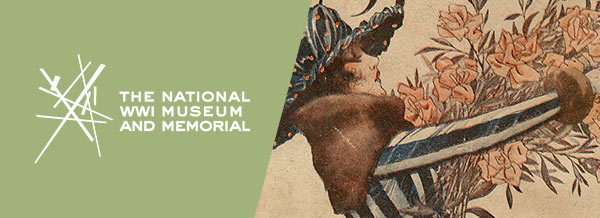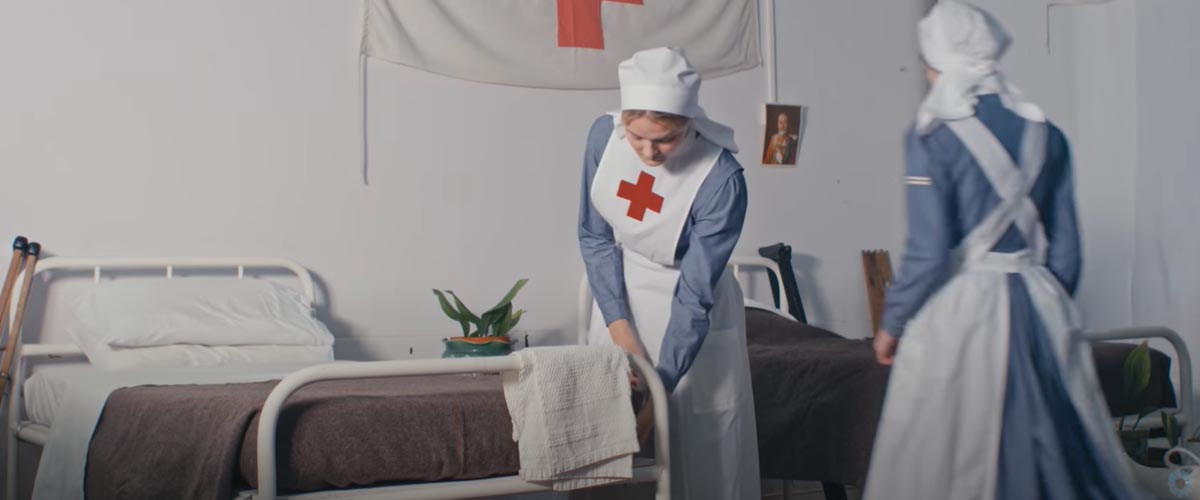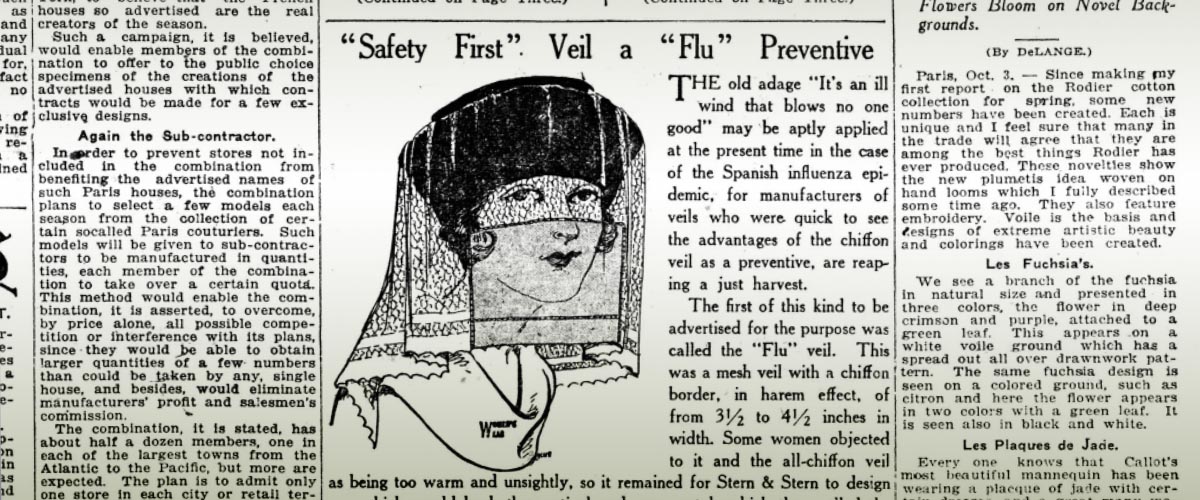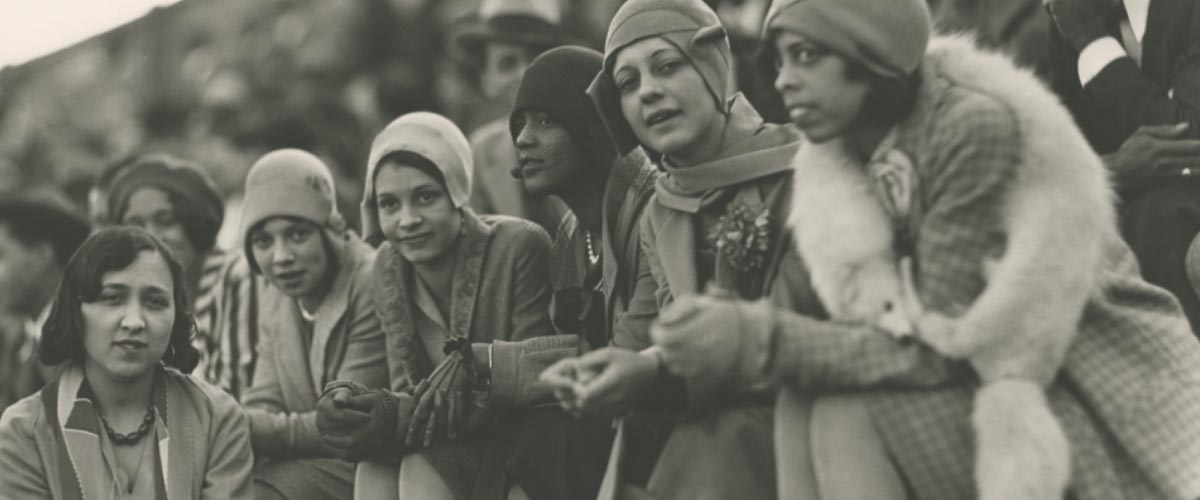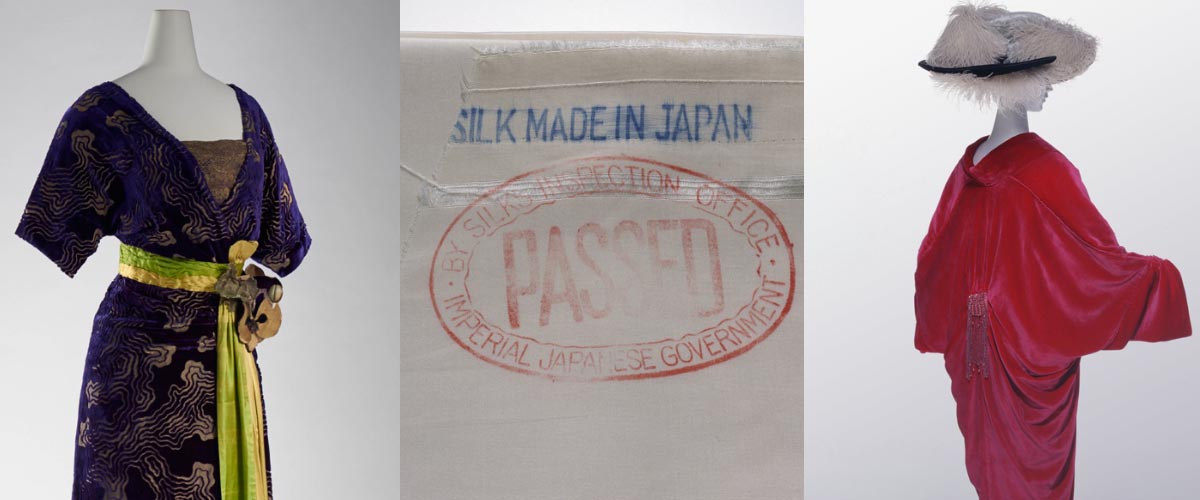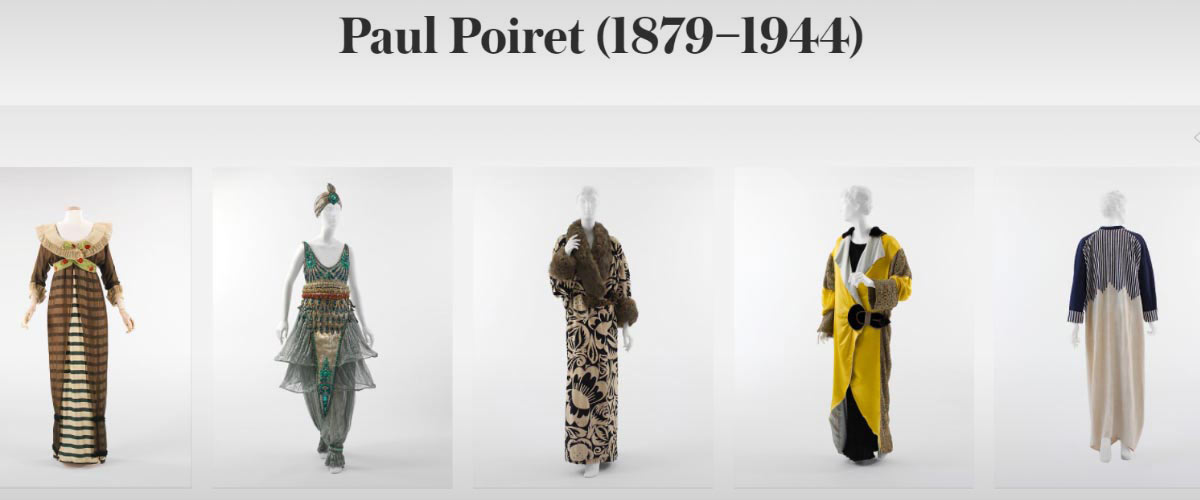Education News from the Museum and Memorial | View in browser
Silk and Steel
Fashion’s Wartime Transformation
In only six years, war and pandemic altered the fabric of societies—and styles—forever. From 1914-1920, clothing rapidly evolved with gender roles and hygienic practices. The necessities of new actions and responsibilities, scarcity of materials, rampant disease, and ever-present societal morale needs spurred by modern warfare and illness affected not only what garments were worn, but how and by who they were worn.
This issue is published in conjunction with the exhibition Silk and Steel: French Fashion, Women and WWI sponsored by PNC Bank, which explores the transformation and legacy of fashion during the Great War.
This issue is published in conjunction with the exhibition Silk and Steel: French Fashion, Women and WWI sponsored by PNC Bank, which explores the transformation and legacy of fashion during the Great War.
The United States World War One Centennial Commission and the National WWI Museum and Memorial are dedicated to educating the public about the causes, events and consequences of World War I and we encourage the use of these resources to better understand the Great War and its enduring impact on the global community.
Partners from around the world participate in the Educator Resource Database, some of whom are highlighted in this newsletter.

